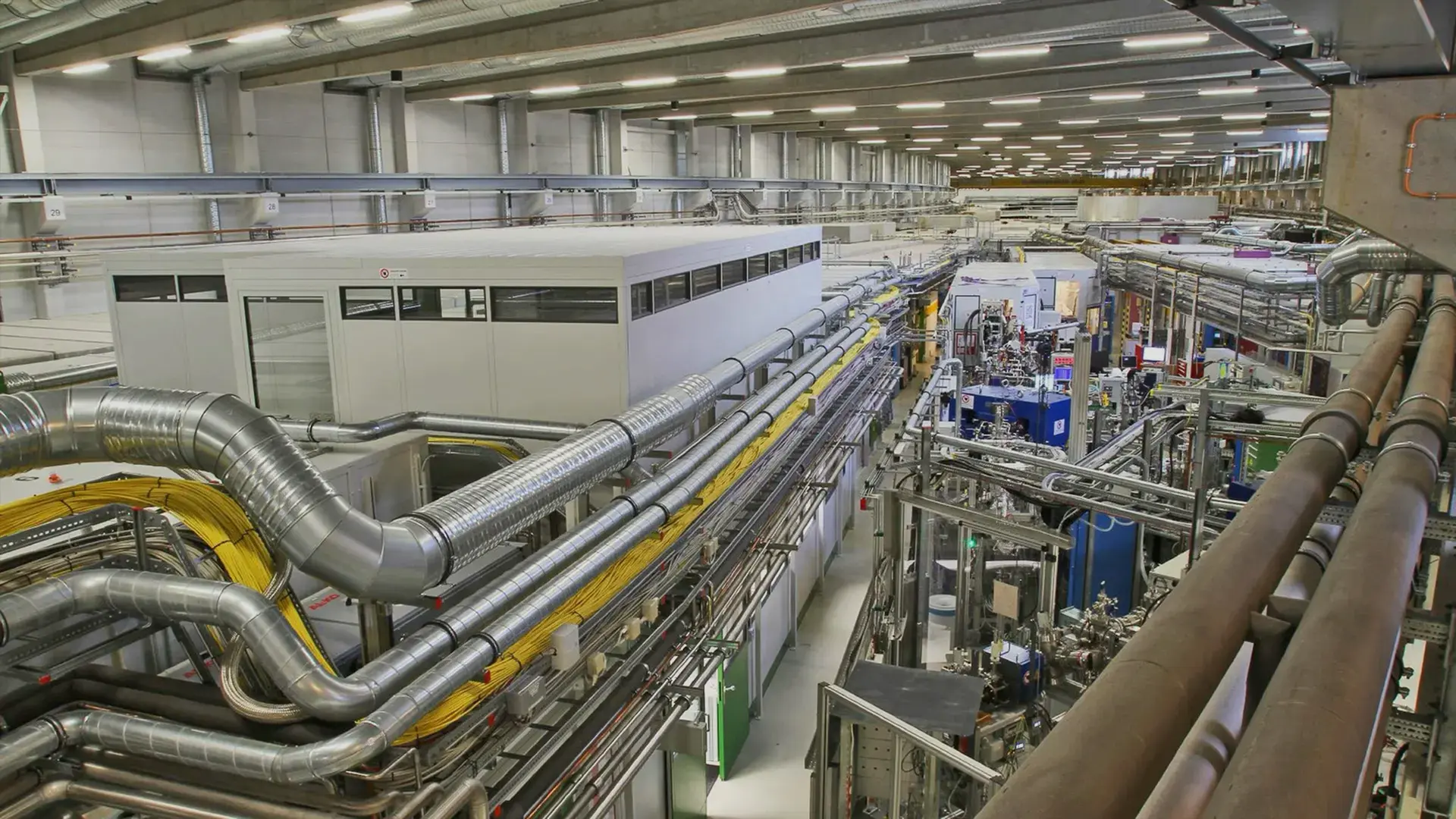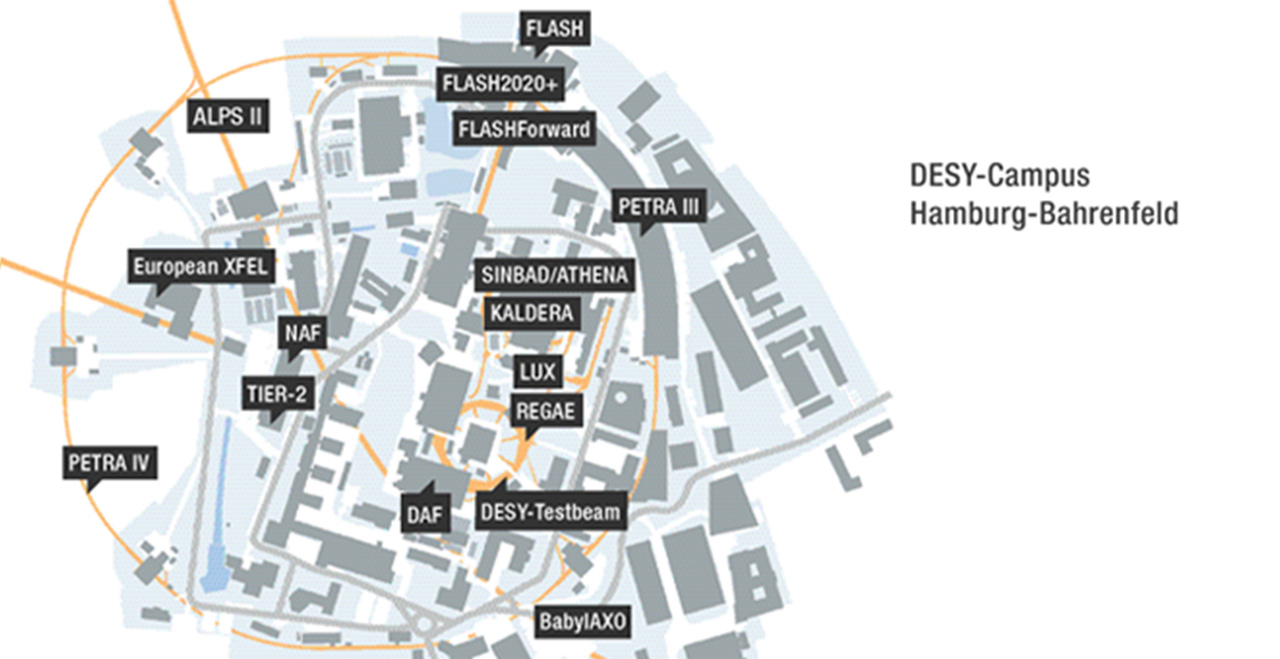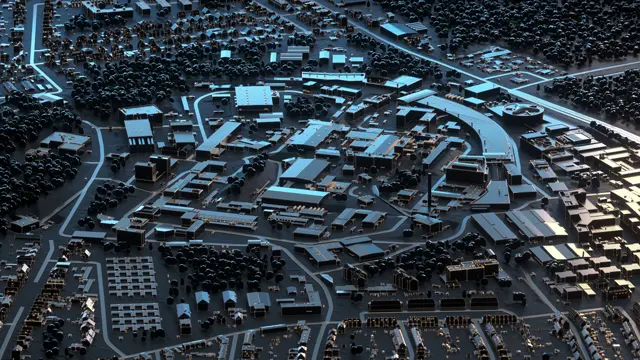
Facilities & projects
DESY is one of the world’s leading accelerator centres.
The accelerators and detectors that DESY develops and builds are unique research tools. The facilities generate the world’s most intense X-ray light, accelerate particles to record energies and open new windows onto the universe. In addition, DESY scientists are involved in major international projects in particle and astroparticle physics.

Accelerator research & development
DESY's groundbreaking high-power laser KALDERA will make plasma accelerators competitive.
- More about KALDERA
LUX is used to investigate and further develop laser-driven plasma acceleration.
- More about LUX
The electron bunches of FLASH are used to explore particle-driven plasma acceleration.
- More about FLASHForward
ARES enables accelerator research and the development of autonomous accelerator procedures.
- More about ARES
The photoinjector test facility at DESY in Zeuthen is used to develop and optimise high-performance electron sources.
- More about PITZ
The source of relativistic electron beams enables novel, time-resolved structural investigations.
- More about REGAE
Accelerators for photon science
DESY operates one of the brightest storage ring X-ray radiation sources in the world.
- More about PETRA III
DESY is developing the world’s best storage ring X-ray light source.
- More about PETRA IV
The free-electron laser generates ultrashort-pulse laser light in the soft X-ray range.
- More about FLASH
The upgrade project makes the FLASH free-electron laser even more flexible and powerful.
- More about FLASH2020+
DESY is the main shareholder and operates the accelerator of Europe’s big X-ray laser.
- DESY’s contribution to European XFEL
- More about European XFEL
Particle physics research facilities
The Large Hadron Collider at the CERN research centre near Geneva is the world’s most powerful accelerator.
- More about the LHC experiments
- DESY’s contribution to the LHC
- More about the LHC
ALPS II is the first experiment worldwide that could produce and detect dark matter particles in the laboratory.
- More about ALPS II
- More about ALPS II and dark matter
The prototype for the International Axion Observatory (IAXO) will search for extremely light particles from the sun.
- More about BabyIAXO
The experiment is intended to explore the dark matter in our galaxy.
- More about MADMAX
The experiment is designed to test the theory of quantum electrodynamics.
- More about LUXE
Astroparticle physics research facilities
IceCube Gen-2 will expand the research capabilities of the IceCube neutrino telescope at the South Pole.
- More about IceCube Gen-2
DESY’s other facilities
The Interdisciplinary Data and Analysis Facility offers extensive computing capacities for research at DESY: the Maxwell High-Performance Computing (HPC) Cluster, in particular for photon science and accelerator development, the DESY Grid infrastructure with a Tier-2 centre for particle and astroparticle physics as well as the National Analysis Facility (NAF) for particle physics.
- More about IDAF
- Specialised information on IDAF
- Specialised information on Maxwell HPC Cluster
- Specialised information on DESY Grid
- Specialised information on NAF
Research groups from all over the world use the DESY test beam to check detector components.
- More about the DESY test beam
- Scientific information about the DESY test beam
Complex components for the LHC detectors ATLAS and CMS are being built and tested in the Detector Assembly Facility.
Cooperations & institutes
Top-level research is scarcely possible today without networking and cooperation between different institutes, countries and scientific disciplines. DESY too operates within strong networks.
- Read more about cooperations & institutes at DESY

PETRA IV: A discovery machine for uncharted scientific territory
Thanks to PETRA IV's ultrabright X-ray light, researchers will be able to investigate natural phenomena and technical processes in new dimensions.
Learn more about PETRA IV
